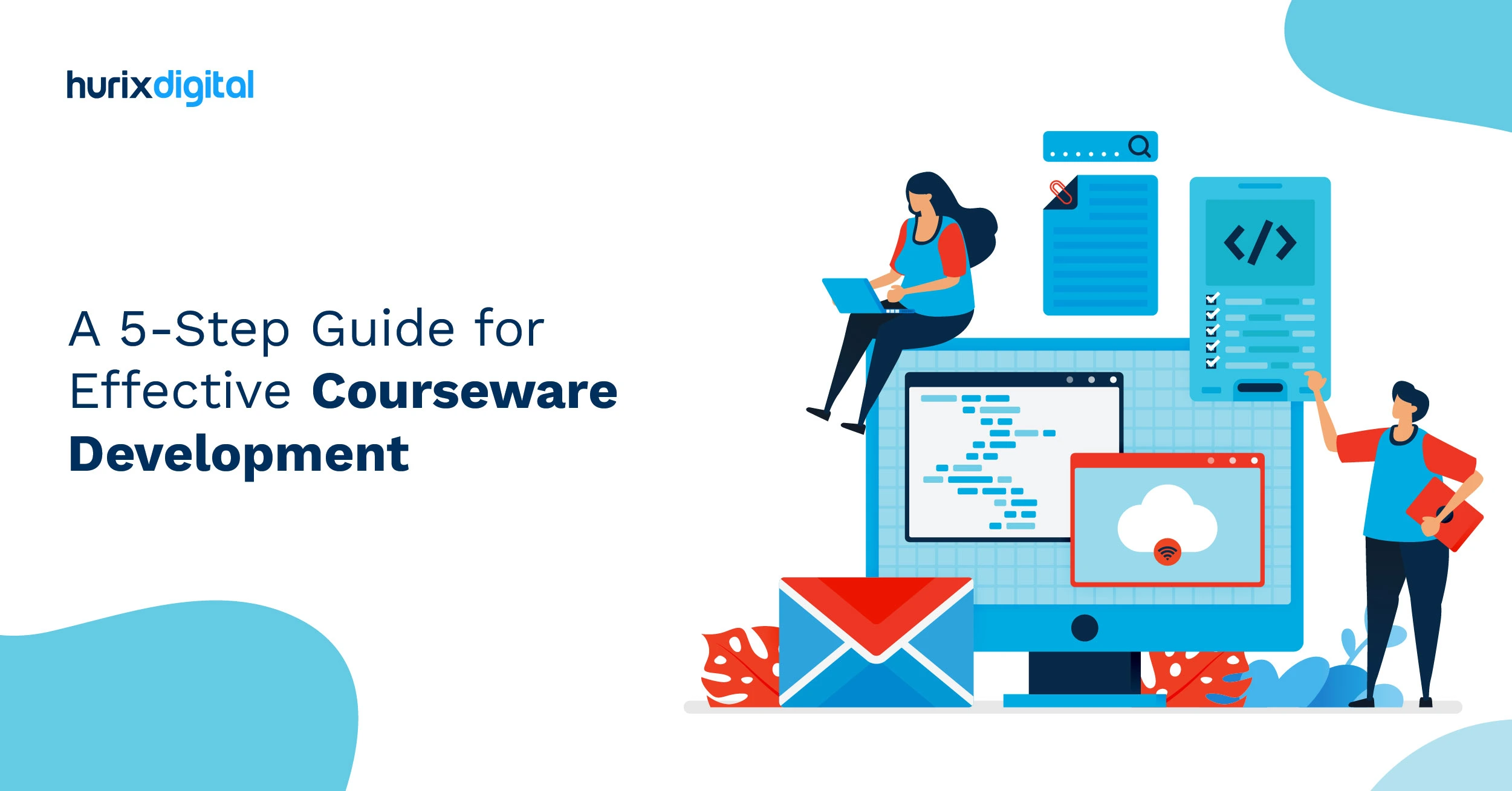
Is Your Business Ready for AI TTS? The Hard Questions Answered
Summarize with:
Do you remember how computer voices used to sound like robots reading a grocery list? Such are the times of the past. Modern AI text-to-speech sounds so human that it’s getting hard to tell the difference. But the point is that sounding human and being beneficial for business are different.
This blog dives into the heart of AI TTS, exploring the key questions shaping its future. We’ll examine the accuracy of diverse accents and languages, how to tailor it for specific brand voices, and the ROI compared to using human voice actors. We’ll also tackle the tough stuff: data security, the ethical implications of commercial use, and the limitations of complex emotional expression and storytelling. Additionally, we’ll examine the top APIs for scaling AI TTS and how it’s likely to evolve in tandem with other AI voice technologies. Let’s get into it.
Table of Contents:
- How Accurate is AI TTS Across Diverse Accents and Languages?
- What are the Ethical Considerations of Using AI TTS Commercially?
- How Can AI TTS Be Customized for Specific Brand Voices Effectively?
- What’s the ROI of Integrating AI TTS Versus Human Voice Actors?
- How Does AI TTS Handle Complex Emotional Nuances Convincingly?
- Can AI TTS Be Effectively Used for Real-Time Voice Generation?
- How Secure is Data Used to Train and Operate AI TTS Models?
- What are the Limitations of AI TTS Regarding Creative Storytelling?
- What are the Best APIs for Scaling AI TTS Across Platforms?
- How Will AI TTS Evolve Alongside Other AI Voice Technologies?
- To Sum Up
How Accurate is AI TTS Across Diverse Accents and Languages?
Let’s discuss artificial intelligence-powered text-to-speech (TTS) and then see how well it handles different languages and accents. It’s a tricky field, and it’s definitely fun to track how it is evolving. The incremental improvements have been exciting, yet the finish line still feels distant.
Human speech is very nuanced. There are accents and dialects. Even the speaker’s mood contributes to these nuances. Early TTS systems sounded robotic because they weren’t subtle, though they were good at pronouncing words, but not so good at conveying meaning.
Now, AI is changing the game. We have models trained on massive datasets of spoken language. They can pick up on subtle phonetic variations. The results are often excellent for commonly spoken languages like English, Spanish, or Mandarin, even across regional accents. With good hearing sense, you can tell it’s AI-generated, but it’s a far cry from the Stephen Hawking voice simulator days.
But what about less common languages or very localized dialects? That’s where things get tricky. The AI needs enough data to learn the specific patterns of speech. If the dataset is small or biased, the resulting TTS will likely sound unnatural, and sometimes, it may not even make sense.
It is not only pronunciation, either. It is a matter of roping in the rhythm and intonation of a language. A sentence may be completely different when you stress it differently. AI is also improving in this respect, but it remains poor at sarcasm, humor, or other small gestures of emotion.
What then shall we say of it? Positive, yet not unrealistic. The accessibility, education, and entertainment opportunities of AI TTS are massive. We should, however, be concerned with the drawbacks, especially when dealing with varied accents and languages. A real quest to find truly natural-sounding, publicly accessible TTS is still being developed.
What are the Ethical Considerations of Using AI TTS Commercially?
AI-powered TTS tools are certainly gaining momentum in the marketplace. Yet behind the glossy sheen of well-articulated words, there lies a ton of ethical baggage we have to get through, particularly when we come to the subject of commercial application.
Consent turns vague fast. Did the voice actor who recorded training data five years ago receive AI training as part of their contract? Probably not. One media company had to shelve its entire TTS project upon discovering its voice talent contracts didn’t explicitly permit AI derivative works. Retroactive consent isn’t a thing in legal land.
Voice cloning opens a Pandora’s box of problems. The technology to clone anyone’s voice from a few minutes of audio exists today. There have been cases in which podcast networks found someone had cloned their top host’s voice and sold fake endorsements. The host found out when listeners asked about products he’d never heard of. Brand damage? Immeasurable.
Then there’s the representation issue. Early TTS systems learned from mostly white, male, Western recordings. So, they mostly sounded like that. This lack of diversity sent subtle but harmful messages about whose voices matter in professional settings. Progressive organizations now audit their AI voice libraries for demographic representation. Despite efforts, gaps persist.
Labor displacement isn’t theoretical anymore. Voice actors, narrators, announcers, and other creative professionals face existential questions. Moreover, cultural sensitivity extends beyond accents. Using AI voices for religious texts, cultural narratives, or historically significant content raises questions. An educational platform learned this using TTS for indigenous stories. Community leaders argued that removing human storytellers erased cultural transmission. They switched to recording community members instead.
The responsible path forward requires proactive ethics, not reactive damage control. Clear contracts, transparent disclosure, fair compensation models, and cultural consultation.
How Can AI TTS Be Customized for Specific Brand Voices Effectively?
Customization’s where AI TTS gets personal. Want a voice that screams your brand? You can clone one with tools like Resemble AI. All you need to do is feed it a few hours of your CEO’s audio, and boom, it’s them (sort of). It’s not pure mimicry, though; the magic is in the vibe it delivers.
Picture your brand as a fresh, bold startup boasting plenty of swagger. You probably want a voice that bounces along with a light, cheeky edge. On the other hand, a law firm aims for deep confidence, steady tempo, and zero fluff. Now, modern AI can juggle pitch and speed or even throw in a hint of rasp, but capturing that true personality takes real effort. It takes a clear blueprint to describe the tone, the little quirks, and those perfect pauses that say, “This is us.” Take Coca-Cola: their warm, everybody-is-welcome vibe calls for a friendly lilt, not a flat monotone.
Tricky part? Language consistency. Your English voice might be perfect, but the Hindi version could feel like a stranger. Solution: craft a voice profile per language, tied to your brand’s DNA.
Be careful. Too much quirk can backfire. A voice that’s all personality might annoy users. Aim for distinct but digestible, and you’ve got a winner.
What’s the ROI of Integrating AI TTS Versus Human Voice Actors?
So here comes another dilemma: AI TTS versus human voice talent. Who will fetch you a better real return on investment (ROI)? It’s not as simple as comparing price tags. Trust me, I’ve been there, trying to balance budgets and make the best decision.
Initially, AI TTS seems like a no-brainer. It’s fast, often significantly cheaper upfront, and readily available for revisions. Think about those eLearning modules or internal training videos. For sheer volume, it can be a lifesaver. We used it extensively for product descriptions. Saved us time and resources, the monotone voice wasn’t a huge deal breaker for that particular purpose.
Wait a moment, though. It’s not all sunshine and synthesized speech. What about the hidden costs? Engagement, emotional connection, and brand personality. Voice actors are impeccable in that respect. An experienced voice actor would not just read lines; they would read lines with meaning and depth when emotionally connecting with the listener. This increases retention and creates confidence. Consider your best podcast. The reader is not just reading out facts; the writer is narrating a tale, luring you.
How Does AI TTS Handle Complex Emotional Nuances Convincingly?
An AI TTS system that lacks emotion is bland; one with too much is unpalatable. Most systems nail the extremes. Happy! Sad! Angry! But real human emotion lives in the subtle spaces between. That slight disappointment in a sigh, the hope creeping into a question. That’s where AI struggles.
Context awareness separates good from great emotional TTS. The exact words need different emotional coloring based on the situation. “I understand” requires a different delivery for condolences versus acknowledgment. A customer service system that couldn’t differentiate made grieving customers feel mocked. Context isn’t optional.
The uncanny valley hits hard with emotional AI voices. Almost-but-not-quite human emotion disturbs people more than obviously synthetic speech. Micro-expressions in voice are the frontier. Humans convey emotion through tiny hesitations, breath patterns, and pitch wobbles. Current AI captures macro emotions but misses micro nuances.
Can AI TTS Be Effectively Used for Real-Time Voice Generation?
We have confronted this question quite a bit, especially seeing the AI tech evolve. Initially, the latency was a killer. Imagine trying to have a conversation where your AI voice is lagging by half a second. Feels like you’re talking to someone on the Moon with a patchy satellite connection, right? Ugh.
But things have changed. So, there was this project where we were prototyping a virtual assistant for customer service. The lag was just unbearable. But newer models, especially those fine-tuned and running on optimized hardware, are seriously impressive. The delays are down to milliseconds, making them almost real-time.
However, and it’s a big however, that’s just the speed side of things. Real-time also demands quality. The voice has to sound, well, human. And that is when things become complicated. You can feed data into these models until the cows come home, but there is the subtlety of getting the slight inflections that make a voice sound real, which is more difficult.
Another challenge lies in managing interruptions. When a speaker is interrupted halfway through a thought, the system needs to answer promptly, avoid pausing awkwardly, and move forward without recapping what was just said. There is definite room for improvement here.
Look, the potential is there, absolutely. We’re getting closer every day. But effectively, we are not quite at the “set it and forget it” level. It needs careful engineering, tailored models, and a good dose of realistic expectations.
How Secure is Data Used to Train and Operate AI TTS Models?
Security concerns around AI TTS center on two critical areas: the data used to train models and the content processed during operation. For enterprises handling sensitive training materials, these concerns can be deal-breakers.
Training data security starts with voice samples. Creating custom brand voices requires extensive recordings, often featuring senior executives or subject matter experts. In addition to voice biometrics, these recordings contain other unique identifiers that could allow for impersonation.
The operational security picture grows more complex. Every piece of text processed through AI TTS systems potentially exposes sensitive information. Compliance training modules contain regulatory strategies. Sales training reveals competitive positioning. Technical training includes proprietary methodologies. Cloud-based AI TTS services mean this sensitive content traverses external networks and resides on third-party servers.
Data residency requirements add another layer. European subsidiaries need GDPR compliance. Chinese operations face data localization mandates. Healthcare content triggers HIPAA requirements. A multinational discovered that their AI TTS vendor processed all content through US-based servers, violating multiple regional regulations.
Progressive organizations address these concerns through architectural decisions. Some deploy on-premise AI TTS solutions, maintaining complete control over data flow. Others negotiate private cloud instances with guaranteed data isolation.
What are the Limitations of AI TTS Regarding Creative Storytelling?
Storytelling remains fundamentally human. While AI TTS can speak words, it struggles to breathe life into narratives. This limitation becomes acute in scenario-based learning, where stories drive engagement and retention.
The challenge begins with a dramatic arc of understanding. Human narrators instinctively build tension, accelerate through action sequences, and pause for emotional impact. They understand story structure, setup, conflict, resolution, and thus adjust delivery accordingly. AI TTS processes text linearly, missing these narrative nuances.
Character differentiation poses another obstacle. Effective storytelling often requires multiple voices, whether it’s the uncertain new manager, the demanding customer, or the supportive mentor. Human narrators create distinct personalities through vocal variation. AI TTS systems struggle with consistent character voices. When they attempt variation, characters sound like the same voice trying different accents rather than unique individuals.
Some organizations find creative solutions within these constraints. They adjust how they tell the stories instead of struggling against them. The narrator-style method uses AI TTS to convey the tale omnisciently rather than just attempting character voices. Another way to utilize AI’s consistency is to use monotone delivery to represent bureaucratic inefficiency or automated responses to highlight poor customer service.
The most successful implementations treat AI TTS as a different medium requiring adapted techniques, much like film storytelling differs from theater. They use human narration for emotionally complex scenarios while leveraging AI TTS for case study facts, background information, and procedural elements. This division of labor plays to each medium’s strengths.
What are the Best APIs for Scaling AI TTS Across Platforms?
API selection for TTS feels like dating apps for nerds. Everyone claims they’re the best match, but compatibility issues surface fast. One startup learned this by building across web, mobile, and IoT. Their perfect web API had no mobile SDK. Back to square one.
The big players offer reliability at premium prices. No one was fired because he/she selected Amazon Polly, Google Cloud TTS, or Azure Speech. And no one was promoted because of his/ her ingenuity. Specialized providers compete on features, not just price. ElevenLabs is for voice cloning, Murf is for studio features, and Play.ht is for podcasting. Pick your niche, find your champion.
Technical integration is more than documentation quality. Rate limits, batching, and webhooks are important once you scale. One of the education platforms reached its hit limits during rush hours in the morning, making lessons inaccessible to students. Today, they load-balance among multiple providers. Paranoia is not redundancy; it is preparation.
How Will AI TTS Evolve Alongside Other AI Voice Technologies?
The convergence of AI voice technologies promises to fundamentally reshape digital learning. Speech recognition, natural language understanding, and conversational AI will integrate with AI TTS to create a voice AI ecosystem.
Voice cloning technology already blurs the line between synthetic and human voices. Current systems need hours of training data; emerging techniques require just minutes. Within two years, executives will likely be able to create perfect digital doubles of their voices from a single recorded meeting. Just imagine every employee receiving training in their direct manager’s voice!
Emotional AI represents another frontier. Systems are learning to detect learners’ emotional states through voice analysis and adjust TTS delivery accordingly. A frustrated learner might hear slower, more patient explanations, while an engaged learner could receive energetic, fast-paced content. Early experiments show promise, though privacy concerns loom large.
The next five years will see AI TTS evolve from a text reader to a comprehensive voice AI platform. Success requires viewing it not as replacement technology but as augmentation, enhancing human capabilities rather than eliminating human involvement. This distinction will enable organizations to harness AI TTS’s full potential while avoiding its pitfalls.
To Sum Up
Imagine a voice that captures your brand’s essence, speaks every language your customers do, and never misses a beat. That’s the magic AI TTS can bring to your business. Yet, the truth is that it is not so easy to get it right. Accents trip it up, emotions can fall flat, and security questions linger.
That’s where Hurix Digital steps in. We understand the messy realities of AI TTS and are here to smooth them out. Contact us today to discuss turning AI TTS into your organisation’s next significant success story.
Summarize with:

Vice President – Content Transformation at HurixDigital, based in Chennai. With nearly 20 years in digital content, he leads large-scale transformation and accessibility initiatives. A frequent presenter (e.g., London Book Fair 2025), Gokulnath drives AI-powered publishing solutions and inclusive content strategies for global clients
 A Space for Thoughtful
A Space for Thoughtful 



